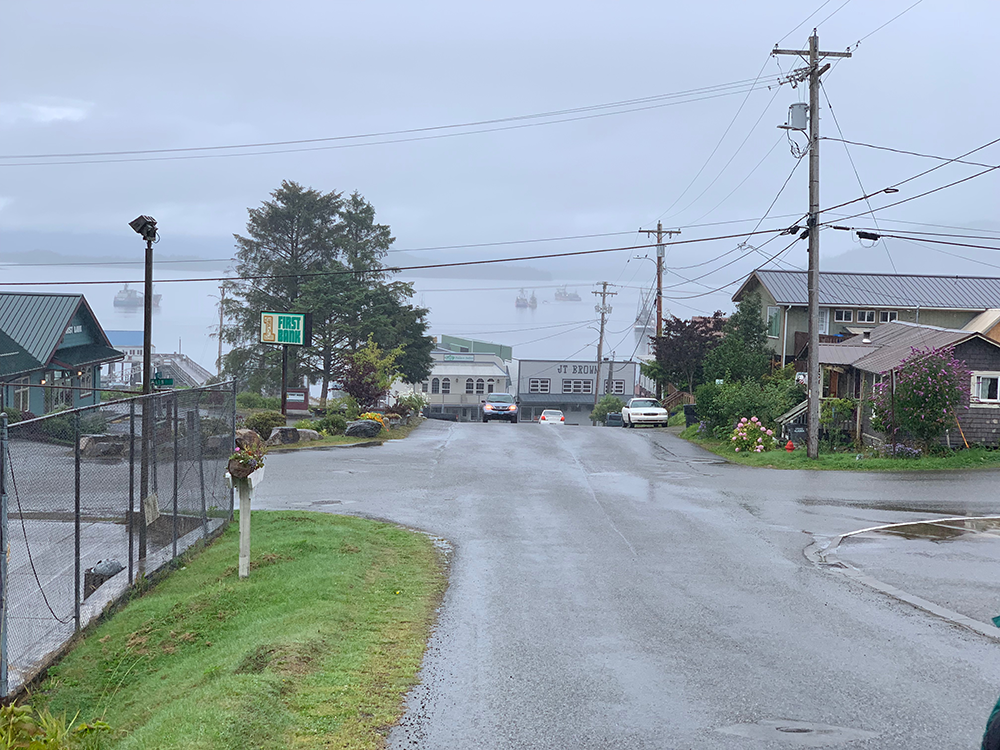As the hearings on the defense motion to dismiss the indictment began, Peel’s attorneys focused relentlessly on his arson defense. They also blasted the state for not explaining to the grand jurors that one witness had seen a “stocky Native man” in the Investor skiff only hours before the Investor fire. This “second man” theory was now a critical part of Peel’s alibi, one that insisted he was in downtown Craig when the fire began — and nowhere else.
Whether the defense theory was credible, however, depended on the timing of two critical events. The first of these was the timing of the mayday calls Casino skipper Bruce Anderson made to the Coast Guard. The second was the timing of a phone call Peel made from Craig that same evening, the proof of which came courtesy of the State Troopers.

The first recorded call on the Coast Guard transcript was made at 4:34 p.m. John Peel’s phone call was made at 4:59 p.m. In those scant twenty-five minutes, John Peel would have had to torch the boat, take the skiff toward Craig, speak briefly with the Casino crew, land at the cold storage dock, make his way to downtown Craig — which by police estimates took at least ten minutes — then meet with Dawn Holmstrom before finally making the phone call. Such a scenario, the defense suggested, was impossible.
But was the 4:34 p.m. call the first mayday call? In the hearings, Mary Anne Henry argued that it wasn’t. An examination of the Coast Guard log revealed that the 4:34 p.m. call was made from Ben’s Cove — not the cold storage dock where Bruce Anderson called in his first mayday. According to that transcript, Anderson’s 4:34 p.m. call revealed the following:
"Casino rpts the Investor engulfed in flames. Can see no one on board or in water."
That language was consistent only with a report from the Ben’s Cove fire scene.
Bruce Anderson testified at the second grand jury that he had seen the Investor fire and broadcast at least two maydays before 4:34 p.m., Henry said. That gave the accused more than enough time to talk to the Casino crew on the way to town, ditch the skiff and meet Dawn Holmstrom in downtown Craig.

As for the sighting of the Alaska Native man in the skiff, Henry dismissed its significance. “The fact that a witness may have seen a Native male in that skiff an hour and a half to two hours before the fire does not mean that John Peel is probably not the murderer,” she said. Besides, she added, they informed grand jurors about a witness who’d seen that man — seen him before the fire and in the Investor skiff. Over the course of those hearings, Henry revealed, grand jurors chose not to call him.
Excerpts from the unpublished original manuscript, “Sailor Take Warning,” by Leland E. Hale. That manuscript, started in 1992 and based on court records from the Alaska State Archive, served as the basis for “What Happened in Craig.”
Copyright Leland E. Hale (2020). All rights reserved.

Order “What Happened In Craig,” HERE and HERE. True crime from Epicenter